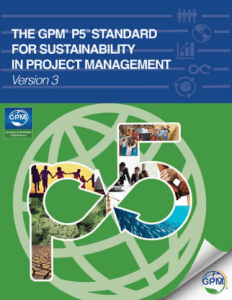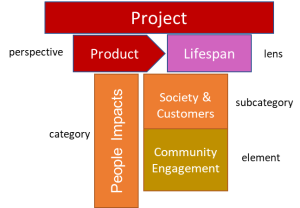In today’s world, sustainability has become a priority for businesses, organisations and governments alike. It is not just a catch phrase for discussion about the weather anymore, it is a necessity for all to accept (un.org). The shift towards sustainability in legislation, policy and behaviour has significantly impacted the field of project management, leading to the emergence of Green Project Management standards such as PRiSM®. Among these standards, the Green Project Management P5 Standard is set apart as a comprehensive framework that helps project managers integrate sustainability into their projects.

The P5 Standard for Sustainability in Project Management is a framework for evaluating and measuring the impact of projects on society, the environment, and prosperity. It was developed by the Green Project Management® (GPM®) Global, a leading organisation in sustainable project management.

The P5 Standard can be used to assess the sustainability of projects at any stage of the project lifecycle. It can also be used to identify and mitigate potential negative impacts, and to maximise positive impacts.
The standard is essentially a risk register for sustainability in projects and supports the project manager and project sponsors make better decisions on project outcomes. The ontology gets into detail from perspectives down to categories, sub-categories and elements.

P5 Extract – Gets down to detail
The P5 Standard is a valuable tool for project managers who are committed to delivering sustainable projects. It provides a comprehensive framework for assessing and managing the impacts of projects on society, the environment, and prosperity.
The P5 Standard is free to download at greenprojectmanagement.org and is supported by the PRiSM® Project Management Practitioner certification. Use it today to enhance the sustainability of all your projects.